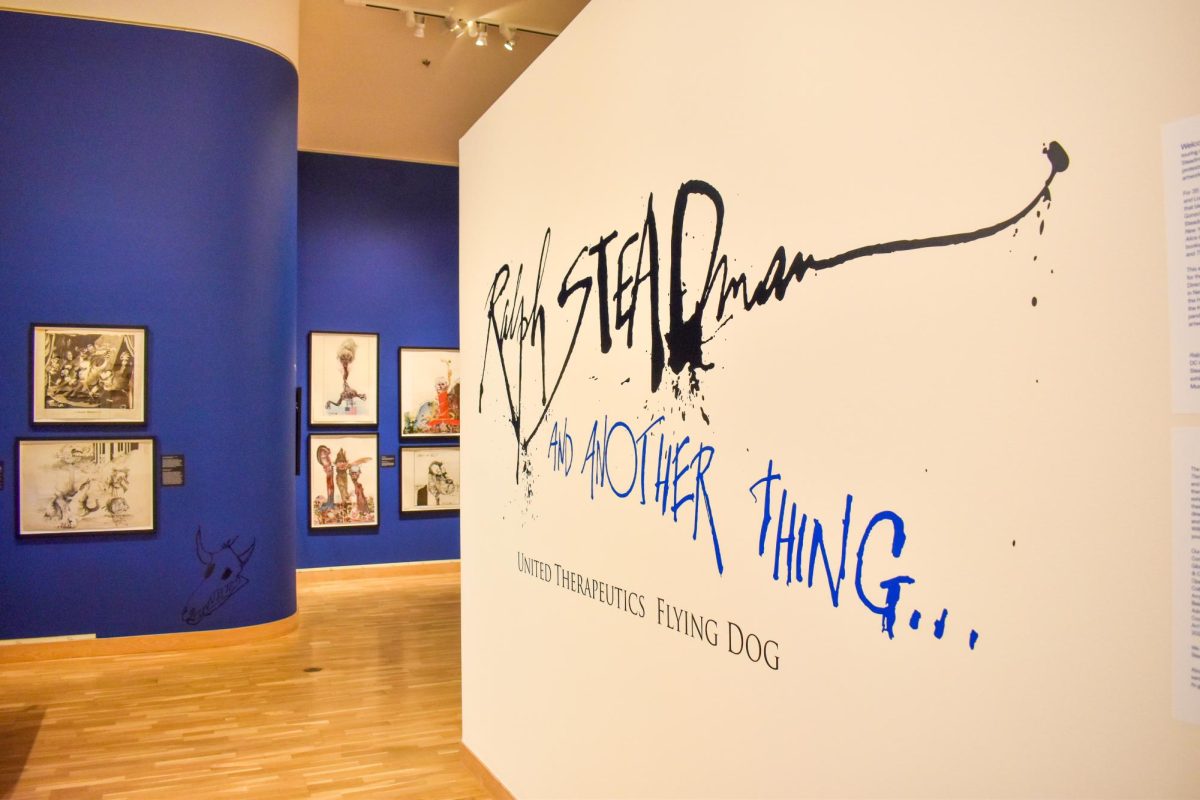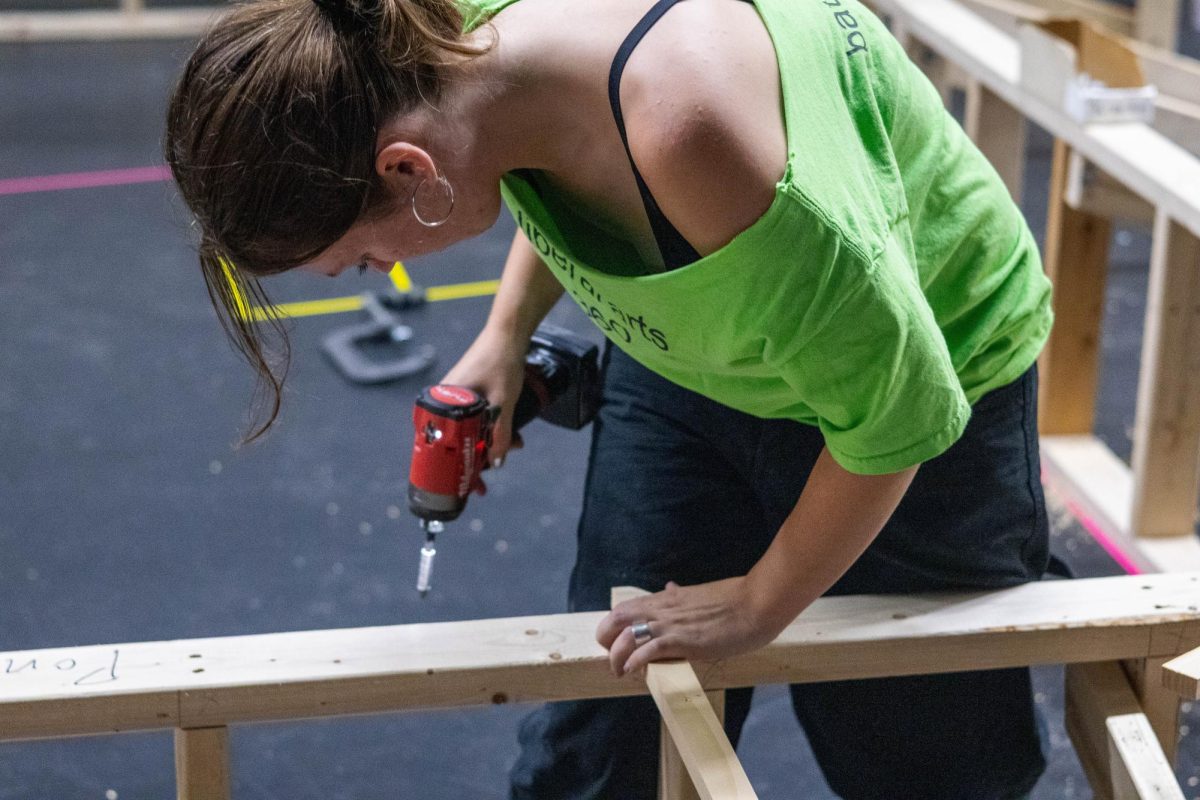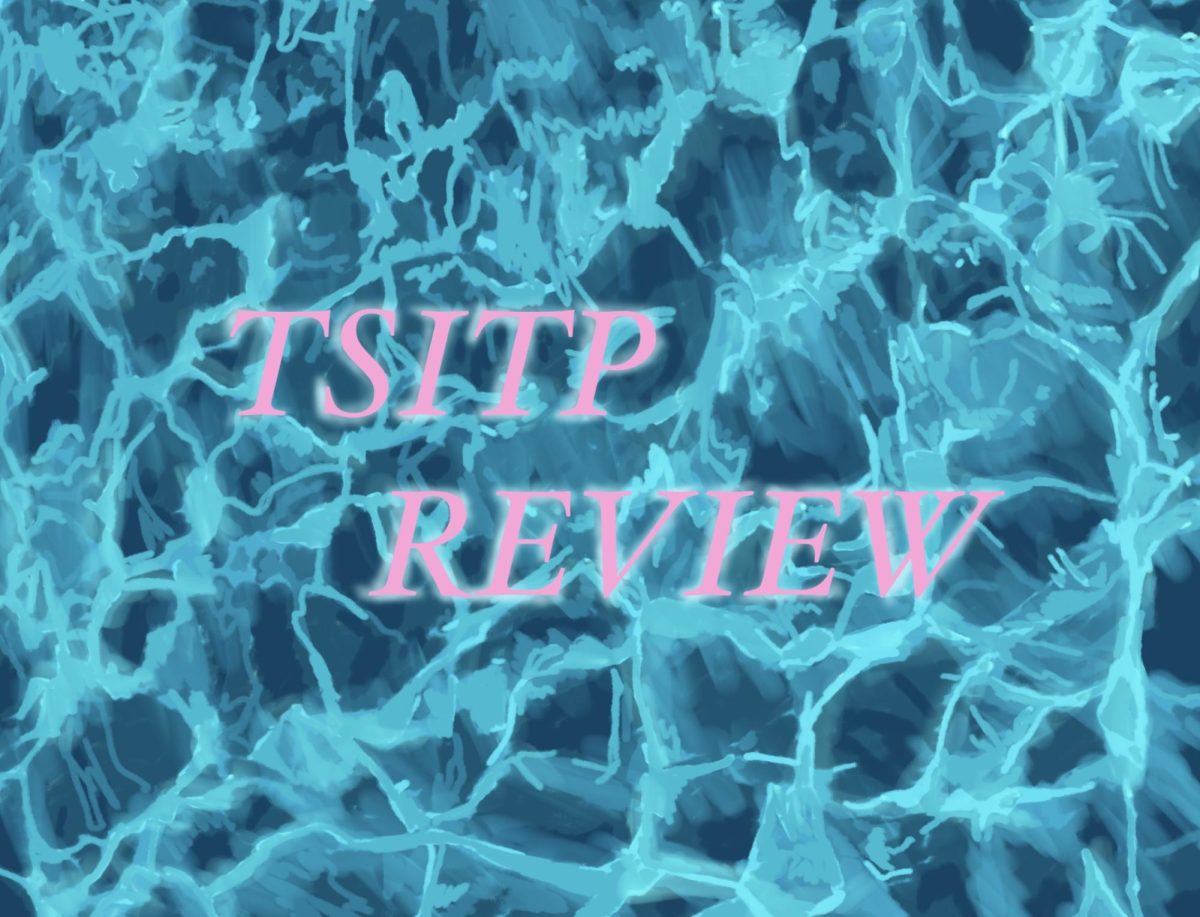Gail:
Spoiler Free
Denis Villeneuve has “dune” it again. The first installment, released in 2021, was a monumental critical and commercial success, winning six awards at the 94th Academy Awards and four other nominations, including Best Picture. Now, with the release of Dune: Part 2 the saga continues its journey of triumph, maintaining the momentum and ambition established by its predecessor. This cinematic experience deserves all the big buzzwords: epic, massive, spectacular, triumphant, and more. Its sweeping visuals are not just stunning but occasionally overwhelming in their sheer grandeur. The film’s extraordinary visuals paint the world of Arrakis on such a vivid and vast cinematic canvas that the audience truly feels transported to this unforgiving world of sand and rock. The film’s breathtaking visuals are also supported by the fact that every single main character is criminally hot — I’m looking at you, Timothée Chalamet, Zendaya, Florence Pugh, Rebecca Ferguson, and, yes, even you, bald and pasty Austin Butler.
But even though the scorched desert planet of Arrakis is the film’s main setting — and the cast is all smoking hot — the film feels cold. Since the death of Paul’s father in the first film, the emotional depth of the Dune saga has withered. The bond between Paul and his mother Jessica lacks the heartfelt connection and emotional resonance seen in the first film. Similarly, the romance between Paul and Chani feels devoid of warmth. Their shared love feels cold and unpassionate. The movie could have benefitted from more scenes that I like to call “small moments” — close-ups, intimate moments that interrupt and punctuate the scenes of staggering action. These scenes revolve around romantic or familial love and care and thus enrich the emotional landscape of the narrative. Small moments such as these make the big moments — such as riding on a massive sandworm or yelling SILENCE at that one annoying witch you hate — all the more voluminous.
However, this minor critique pales in comparison to the wide backdrop of all the amazing moving parts in this film. As someone who has never read the books (but has heard about their dense language and unwieldy plotlines), I was worried that I wouldn’t be able to follow the narrative. Yet, the film’s seamless world-building and adept exposition quickly dispelled my concerns. Villeneuve deftly distills the difficult-to-follow source material into an expansive cinematic experience that is sprawling in its scale, yet highly accessible and engaging to all audiences. With its visually stunning cinematography, an otherworldly and evocative score by Hans Zimmer, and stellar performances from every actor involved, the Dune saga has all the right ingredients to be the next Star Wars or Lord of the Rings. I only hope that the next installment has more humanity in it, an emotional fingerprint proving that there is not only grandiosity and ambition but also warmth and intimacy within this series.
Aidan:
Spoiler Free
In a recent interview with The Times of London, director, producer, and co-writer of Dune: Part Two, Denis Villeneuve, stated, “Dialogue is for theater and television. I don’t remember movies because of a good line, I remember movies because of a strong image. I’m not interested in dialogue at all. Pure image and sound, that is the power of cinema, but it is something not obvious when you watch movies today.” This statement, naturally, sent many people with strong opinions into a frenzy. Personally, I don’t believe Villeneuve is saying that dialogue is unimportant. Rather, he believes in the impact of the image. Dialogue should be reserved, while the on-screen language of images should be the main form of communicating with the audience. His past works, like Arrival (2016) and Sicario (2015), support the idea that speaking is simply not the main form of translating information. Hell, Arrival is all about image-based speaking, and in Sicario Benicio Del Toro barely speaks at all as one of the main characters. Essentially, if your imagery has the juice, then dialogue can be the second tongue of your film, and Dune: Part Two has the juice.
Words in Dune: Part Two are wielded as weapons. To fans of Frank Herbert’s 1965 novel, this won’t come as a surprise considering how carefully everyone speaks in the novel, knowing that one false word could spell disaster. There was a long-held belief that Dune (the novel) was unadaptable. The story of Dune was seen, by screenwriters, directors, and producers alike, as “uncontainable .” It’s a story that shows no remorse in its quick and thorough worldbuilding and storytelling. Not to mention that the writing of the book was based on internal monologues of politicking and precise tones. Villeneuve, with his focus on grand imagery, has seemingly conquered this. And, boy, is the imagery in Dune: Part Two grand.
My experience watching Dune: Part Two was two hours and 46 minutes of gasps and giggles at what Villeneuve and the whole cinematography team accomplished. Seriously, hats off to the whole crew of Dune: Part Two, it is a cinematic feast to watch.
Turning back to the words, Dune: Part Two is the apotheosis of how I take Villeneuve’s stance on dialogue. The film warns against religious fanaticism and the dangers of a cult of personality political leader, these are forces that hinge their power on their rhetoric.
Language in Dune: Part Two is carefully chosen; the screenplay repeats words and phrases frequently, characters speak in one-liners and Paul Maud-dib’s melodramatic tone fits perfectly for the story Villeneuve is depicting. Timothée Chalamet delivers lines like scripture: bold in tone and full of fervor. It’s a meme all over Twitter at the moment, but the character Stilgar’s constant assertion of “Lisan al-Gaib!’” is a war cry in this movie. With hearing these words chanted comes the terrifying realization of what this repeated name means for the lives of so many.
Words have power, they hold weight, they start holy wars across the galaxy and they blow the audience away. This is an epic space drama that tells a horror story of war, go see it and listen to the image.
Hadley:
Warning: Spoilers
“Christ is king. Jesus is Lord.”
That’s what some random man shouted to a room of 40-ish people at the Flagship Theater in Auburn as the credits rolled on the opening weekend of Dune: Part Two
Did he sit through almost three hours of the movie just to shout Christian-affirming praise into a dark theater of strangers? Is that what he took away? As confusing as this mystery man is, he is the best summation of this movie. Everyone leaves with different impressions.
Some critics claim this is a “white savior” story. While on the surface it appears to be, Dune: Part Two is a rebuke of the white-savior trope. A story of power, corruption, capitalism, eugenics, greed and colonialism, the film explores the dangers of blind faith and religious propaganda. Through Paul and the Bene Gesserit, the film demonstrates how populations can be manipulated by the will of the few while manipulating their desires and culture. This is just the tip of the iceberg for what this movie holds, but to examine it all could take a long while.
There is a pivotal moment in the movie where Paul (Timothée Chalamet) drinks the “water of life” at the bequest of his mother, who has done everything in her power to ensure that her son assumes his prophesized role as the Messiah of the Fremen. Before this crucial point, Paul does not “feed into” the prophecy. Instead, he supports Chani (Zendaya), who believes that the saviors will be the Fremen themselves. He refuses to go South as he has visions of a Holy War sparking mass starvation and death. However, Paul’s moment of death/rebirth marks a rift between him and Chani as she realizes Paul’s rejection of her ideals.
But, Chani didn’t always disagree with Paul. In interviews, the director of Dune: Part One and Dune: Part Two, Denis Villeneuve, explained the change. In the books, she does not resist Paul’s ascension. By making her character the “lone opposer” against the external Messiah, she becomes a representation of Fremen’s dwindling desire for self-sufficiency and, arguably, the moral compass of the film.
These characters portray the two groups within the Fremen; those who choose to act against the oppression of their colonizers and those who turn to religion and the “Lisan al-Gaib” for hope. However, Frank Herbert, the original author of the series, was confused as to why Paul was perceived as a positive moral figure. In the sequel, Dune Messiah (1969) he makes it clear that Paul is not, in fact, a good man.
The shots showed this terrain not as an unlivable barren landscape but as a beautiful place where the Fremen had adapted to live before the cultivation of Spice by the Empire. As for the monochrome fight scene on the Harkonnen’s planet, the use of infrared cameras to portray their world as a visual representation of the black-and-white-esque views they hold was incredibly creative. (Side note: when Austin Butler was introduced, I couldn’t stop laughing for at least five minutes.)
The musical score was a continuation of Hans Zimmer’s classic vocal theme that people have equated with Paul’s character but there were also moving string parts combined with percussive elements and haunting choral melodies. He even made his own flute-like instruments out of PVC pipe. Some of my favorite tracks from the soundtrack include “Kiss the Ring,” “A Time of Quiet Between the Storms,” “Arrival” and “Only I Will Remain.” A truly creative soundtrack and classic Zimmer.
In the end, it’s a great addition to the series and much better than the 1984 film.









